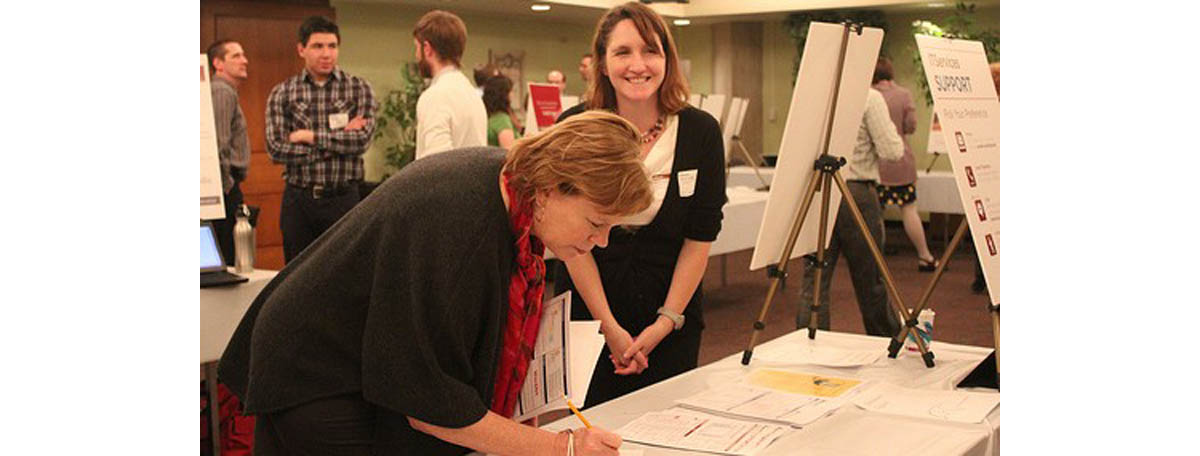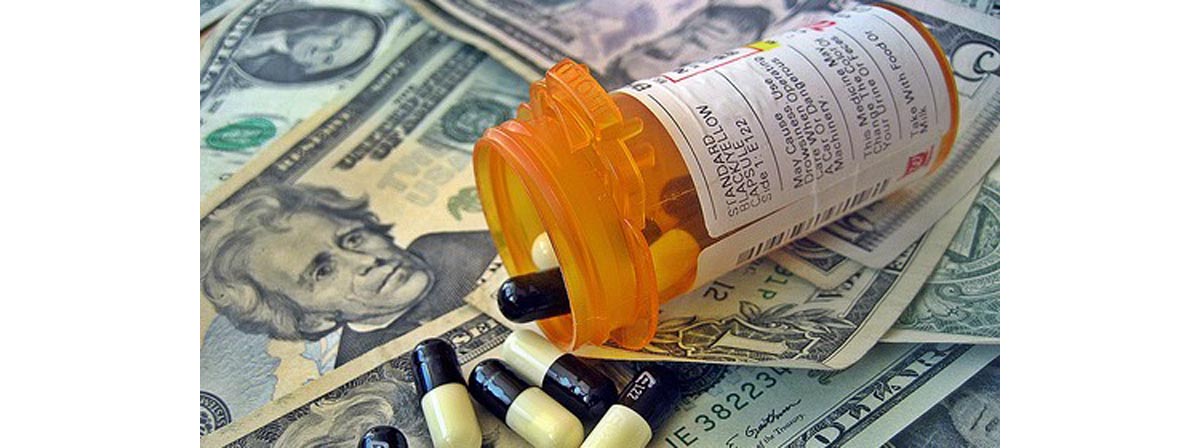Medications used to be the major medical cost for Americans over the age of 65. The introduction of Medicare Part D in 2006 and changes ushered in by the Affordable Care Act in 2010 have greatly reduced the amount Medicare recipients have to pay for drugs, but the "Medicare donut hole" won't be completely eliminated until 2020.

Drugs Aren't Free, But They Are a Lot Less Expensive Than They Used to Be
Older Americans on Medicare have been paying less for their medications every year since 2010, the year the Affordable Care Act was first passed. The gap between standard coverage and "catastrophic" drug coverage has been shrinking every year. The fact is, however, that most older Americans are on fixed incomes and have a hard time paying for their medications, and for most, the easiest solution for an expensive prescription drug problem is to buy supplemental Medicare insurance.
Part D of Medicare will cost just $25.83 a month in 2014, down from $27.40 in 2013. In exchange for their $25.83 a month ($310 a year), purchases will get the first $2,850 of their medications paid for, and they will also get catastrophic coverage when medication expenses pass $4,550. However, they have to pay the $2,700 difference themselves before catastrophic coverage kicks in, taking a big chunk out of Social Security checks that will be barely going up next year.
If you don't sign up for Part D, however, you could pay a lot more than just $4,550 a year. First, make sure you sign up for Part D.
Reviewing Policies During Open Enrollment Is Essential.
Just about everyone needs to sign up for supplemental Medicare insurance, Part B, too.This is the insurance that takes care of the 20% of non-drug costs that basic Medicare doesn't. Part B helps out with prescription meds that fall into the "donut hole." But the insurance companies can change their coverage amounts from year to year.
Many insurance plans offer "preferred pharmacies" and lower co-pays, but some medications aren't always covered. You could save on the $5, $10, $20, or $30 co-pays for medications you don't use very often, and get stuck paying as much as 50% of retail price, potentially hundreds of dollars per month per medication, for medications you have to use every day. Review is a must.
No Obamacare Penalty For Not Signing For Part D
Obamacare isn't going to add to any senior's legitimate worries about getting enough insurance. If you are on Medicare at all, you have insurance, and there won't be any penalty to pay with your income tax return the first time penalties are assessed, in 2015. However,

Another Smart Move
If you can't find insurance to minimize your medication costs, maybe your doctor can help. If you are on a brand name drug now, ask your physician if you wouldn't do as well on a generic. If you are on an expensive medication, ask your doctor if you might do as well on a different, less expensive medication.
If you are taking a lot of prescription drugs, maybe three or four medications for diabetes and three or four medications for high blood pressure plus a couple of medications for heart health, for example, ask your doctor to take a serious look at whether you are over-medicated.
Uniquely in the world, Americans are given enormous numbers of prescriptions. It's rare for people over 65 not to take any medications at all. It's commonplace for people to take 3 to 5 medications every day. It's not even especially unusual for someone who has had a brush with catastrophic illness, a heart attack for example, to take 10 to 20 medications, and nurses in hospitals routinely dole out as many as 35 pills a day.
What Saves You Money Sometimes Also Saves Your Life
All those pills cost money. At the very least, you should not be taking medications that interfere with each other.
That's the reason doctors often ask their patients to bring the actual pill bottles of all their medications into the office with them, so the nurse or physician's assistant can see what you are actually taking, not just what they think you have been taking. Catching medication errors can literally save your life.
Buy in Bulk, with a Prescription
And don't forget that most medications are less expensive if you get a 90-day supply with each refill. Usually there is a 10 to 30% discount over buying your meds 30 days at a time. Foreign-educated doctors often forget to write recurring prescriptions for 90-day refills. You probably won't get the price break if your doctor doesn't specify that you get the full 3-month supply.
Closing the donut hole can be a daunting task, but Medicare offers tools that can help. We have linked them below. And even if you just won the lottery, make sure you are taking just the medications you need, make sure all your doctors know all the medications you take, and whenever possible, get all your meds at the same pharmacy.
- Williams, Joseph P. How to Make the Best of the Medicare 'Donut Hole.' US News and World Report. 15 October 2013.
- Photo courtesy of Quinn Dombrowski by Flickr : www.flickr.com/photos/quinnanya/6901988014/
- Photo courtesy of Images Money by Flickr : www.flickr.com/photos/59937401@N07/6127243966/


Your thoughts on this